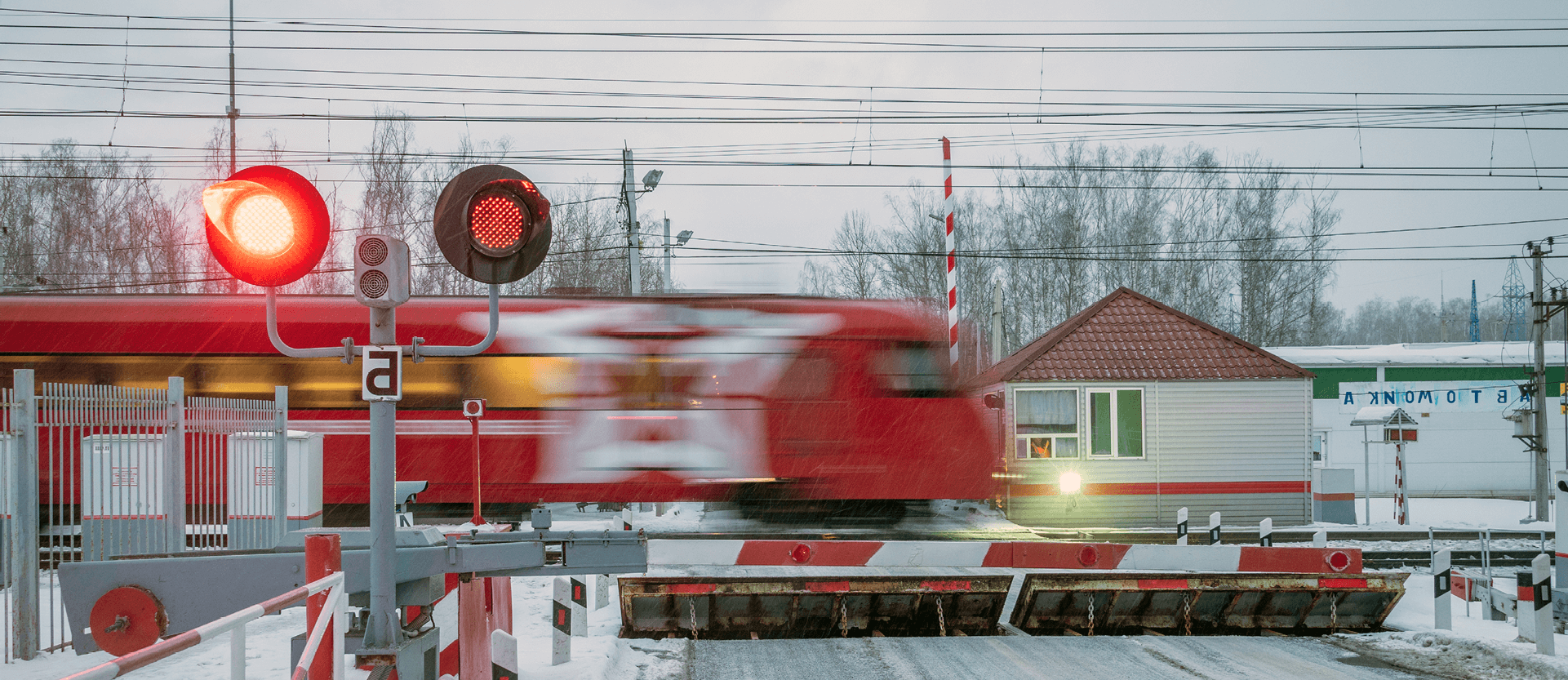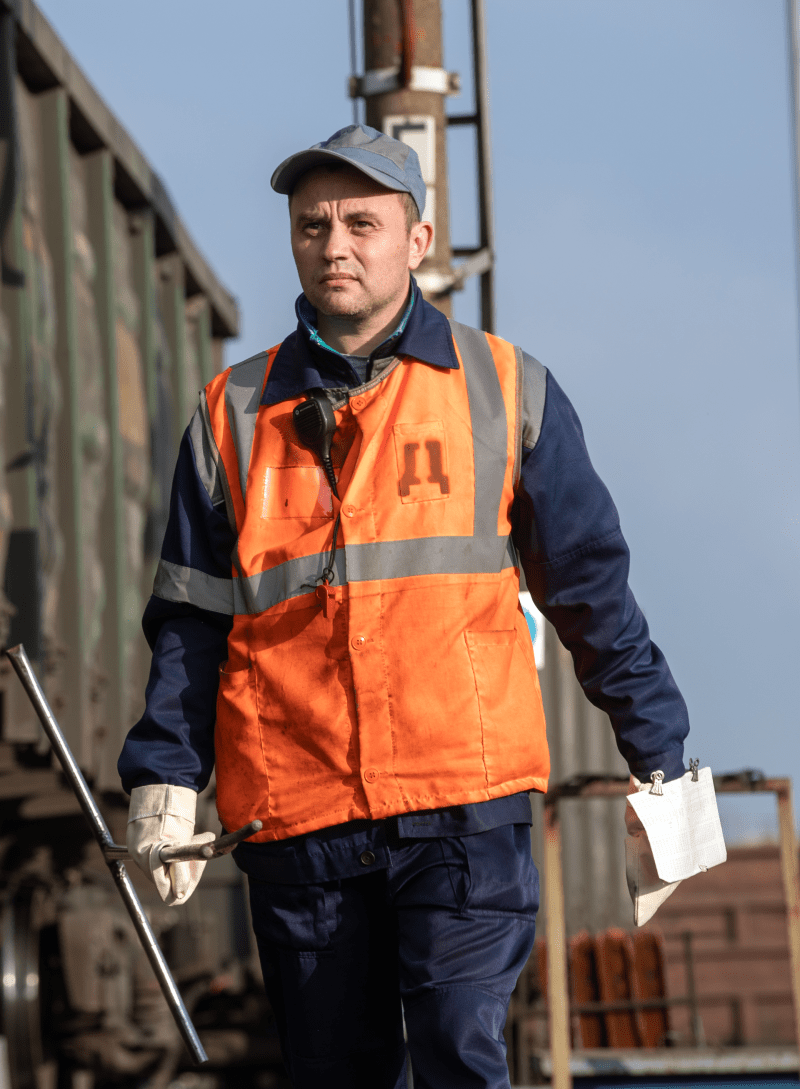Occupational injuries
The consistent policy of Russian Railways in health and safety seeks to ensure zero fatal occupational injuries caused by employees. The Company engages in comprehensive efforts to prevent accidents and occupational diseases.
Workplace injury rates continue to go down at Russian Railways. Workplace injuries sustained through the fault of employees/employer (according to Form No. 7 (Injuries) Data based on Federal Statistical Observation Form No. 7 (Injuries): Occupational Injury and Occupational Disease Data (in line with the instructions on the completion of federal statistical observation forms). ) decreased by 27% from 106 in 2019 to 77 in 2023, including:
- fatalities down by 9% (from 22 to 20 injuries);
- severe injuries down by 24% (from 38 to 29 injuries);
- minor injuries down by 39% (from 46 to 28 injuries).
The workplace injury frequency rate with respect to injuries sustained through the fault of employees/employer (Form No. 7 (Injuries) – number of injuries per 1,000 workers) shrank by 22% between 2019 and 2023 (from 0.149 to 0.116).
Out of 1,419 units of Russian Railways’ branches most prone to injuries 1,315 units (92%) recorded zero fatalities and 977 units (69%) recorded zero injuries in over five years, and 1,199 units (84%) recorded zero fatalities and 619 units (44%) recorded zero injuries in over ten years.
The workplace injury frequency rate at Russian Railways is six times lower than the average in Russia
The number of group accidents over the past five years (from 2019 to 2023) decreased by 61% (from 13 to 8 cases), and the total number of injuries went down by 62% (from 29 to 18 injuries), with 90% of group injuries over the five‑year period sustained not through the fault of employees/employer.
The lost time rate, which is a measure of the number of lost working days per 1,000 workers (due to workplace injuries), was down 9% y‑o‑y.
Primary causes of occupational injuries are:
- poor procedures of, and control over, operations;
- violations of operational procedures;
- violations of labour and operating discipline.

Following each severe or fatal injury involving a Russian Railways employee, all Company branches receive updates about the injury and its causes. Each fatality is reviewed by branch managers, with development of preventive steps and identification of employees who caused the accident.
Injuries of contractors
Accidents involving contractors at Russian Railways sites are at all times reviewed by the Company. However, due to its size and structure, Russian Railways keeps no records of contractors’ injuries. The procedure of contractor authorisation is always aligned with the Company’s in‑house regulations.
Prevention of occupational injuries

Health and safety management mode depending on occupational injury rates
In 2023, units of Russian Railways branches continued introducing contingency health and safety management modes depending on occupational injury rates as a tool to prevent occupational injuries.
In order to prevent future occurrences of the circumstances and root causes of workplace accidents, an additional set of measures was carried out whenever a contingency health and safety management mode was put in place.
Control over health and safety management system
As part of its control over health and safety management in 2023, the Company held:
- five targeted inspections (at the Central Directorate for Telecommunications, Central Directorate for Track Overhauls, Central Directorate for Terminal and Warehouse Management, Central Directorate for Multiple Unit Trains, and South Urals Railway);
- three due diligence checks at the Gorky, East‑Siberian, and Far Eastern railways;
- two internal audits (at Transenergo and the Central Directorate for Passenger Service).
The results of these control measures were reported to and reviewed by senior executives of the units under review, with summary reports submitted to heads of relevant branches, corrective measures put in place, and disciplinary action taken against employees who caused violations of health and safety requirements.
Public control over health and safety compliance
The Company has positions of a health and safety officer of the primary trade union organisation of Russian Railways. In 2023, there were a total of 12,700 health and safety officers at the Company.
Those of them who are strongly engaged in measures to ensure the safety of Russian Railways employees are recognised as the Best Health and Safety Officers in Railway Industry. In 2023, this title was awarded to 48 employees of Russian Railways branches based on their performance in 2022.